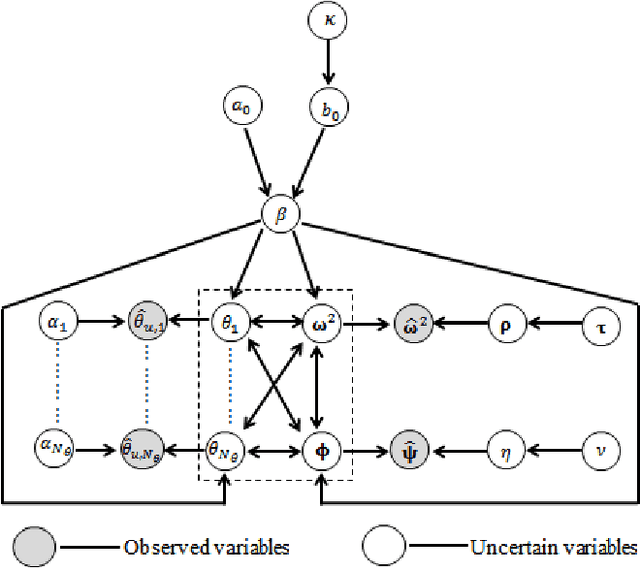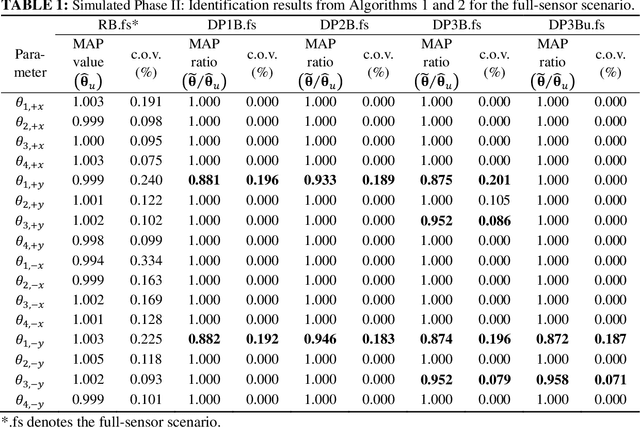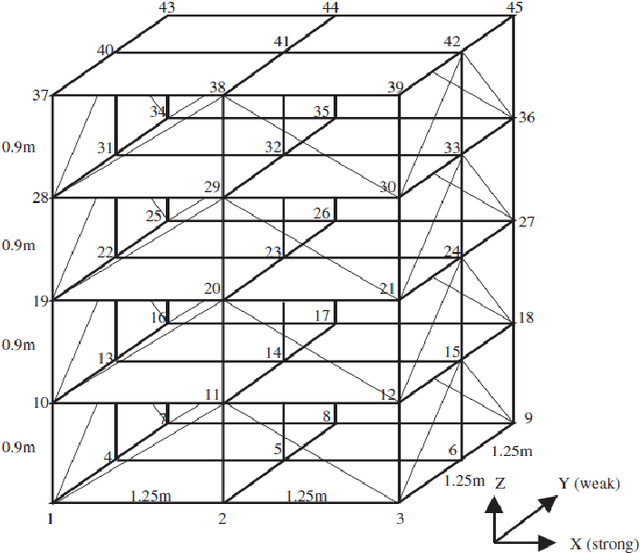Hierarchical sparse Bayesian learning: theory and application for inferring structural damage from incomplete modal data
Paper and Code
Mar 21, 2015



Structural damage due to excessive loading or environmental degradation typically occurs in localized areas in the absence of collapse. This prior information about the spatial sparseness of structural damage is exploited here by a hierarchical sparse Bayesian learning framework with the goal of reducing the source of ill-conditioning in the stiffness loss inversion problem for damage detection. Sparse Bayesian learning methodologies automatically prune away irrelevant or inactive features from a set of potential candidates, and so they are effective probabilistic tools for producing sparse explanatory subsets. We have previously proposed such an approach to establish the probability of localized stiffness reductions that serve as a proxy for damage by using noisy incomplete modal data from before and after possible damage. The core idea centers on a specific hierarchical Bayesian model that promotes spatial sparseness in the inferred stiffness reductions in a way that is consistent with the Bayesian Ockham razor. In this paper, we improve the theory of our previously proposed sparse Bayesian learning approach by eliminating an approximation and, more importantly, incorporating a constraint on stiffness increases. Our approach has many appealing features that are summarized at the end of the paper. We validate the approach by applying it to the Phase II simulated and experimental benchmark studies sponsored by the IASC-ASCE Task Group on Structural Health Monitoring. The results show that it can reliably detect, locate and assess damage by inferring substructure stiffness losses from the identified modal parameters. The occurrence of missed and false damage alerts is effectively suppressed.
 Add to Chrome
Add to Chrome Add to Firefox
Add to Firefox Add to Edge
Add to Edge